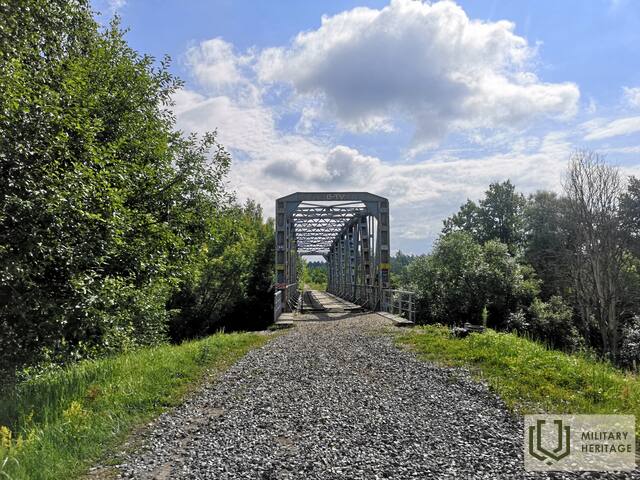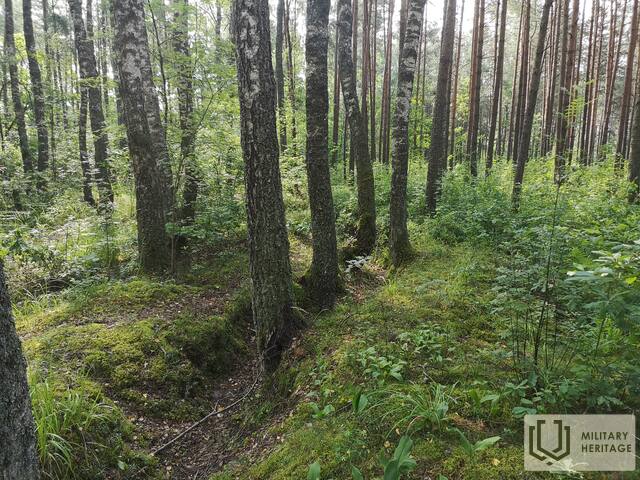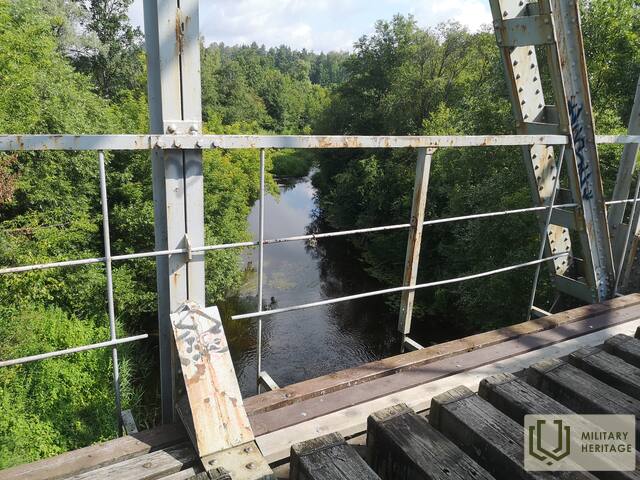Upės slėnio tranšėja Įtvirtinimas


Maršruto pradinis taškas yra Upeslejų centre, netoli autobusų stotelės.
1917 m. rugsėjo 1 d. rytą, po tris valandas trukusios artilerijos ugnies, vokiečiai pradėjo statyti tris medinius pontoninius tiltus per Dauguvą netoli Ikškilės. Iš 1159 pabūklų ir minosvaidžių buvo paleista apie 560 000 sviedinių, kurie visiškai numalšino 66 rusų pabūklus ir privertė trauktis 186-ąją diviziją, dislokuotą dešiniajame Dauguvos krante. Rusijos 12-osios armijos vadas generolas Parskis įsakė 43-iajam korpusui pradėti kontrataką pralaužus gynybos liniją ir perdavė korpuso vado žinioje 33-iąją, 136-ąją, 138-ąją divizijas, vieną 116-osios divizijos brigadą ir 2-ąją Latvijos šaulių brigadą.
Rugsėjo 1-osios popietę Latvijos šauliai gavo įsakymą žygiuoti į kovą su vokiečiais, kertančiai Dauguvą. 2-oji Latvijos šaulių brigada iš Ropažių išskubėjo pasitikti puolančių vokiečių dalinių, o 5-ojo Žiemgalos Latvijos šaulių pulko kariai apie 16 valandą pasiekė įtvirtintas pozicijas dešiniajame Mazos Juglos upės krante. Po artilerijos ugnies rugsėjo 2-osios vidurdienį prasidėjo puolimas prieš Latvijos šaulių pozicijas. Gynybiniai mūšiai vyko 14 km ilgio fronte dešiniajame Mazos Juglos krante. 2-osios Latvijos šaulių brigados kariai, turėdami kelis pabūklus, susidūrė su kiekybiškai ir techniškai stipresne vokiečių kariuomenės grupe, kuri puolime taip pat naudojo aviaciją, liepsnosvaidžius ir nuodais užnuodytus patrankų sviedinius. Šauliai didvyriškai išlaikė frontą 26 valandas iki rugsėjo 3 d. Atlikę savo užduotį, išgyvenę Latvijos kariai 12-osios armijos vadovybės įsakymu atsitraukė į Siguldos ir Cėsių pozicijas. Nuostoliai buvo labai dideli – daugiau nei pusė 5-ojo Zemgalės ir 6-ojo Tukumo latvių šaulių pulkų kovotojų buvo sutriuškinti, o 7-asis Bauskės ir 8-asis Valmieros latvių šaulių pulkai nukentėjo mažiau.
Panaudoti šaltiniai ir literatūra:
Vikipedija.















